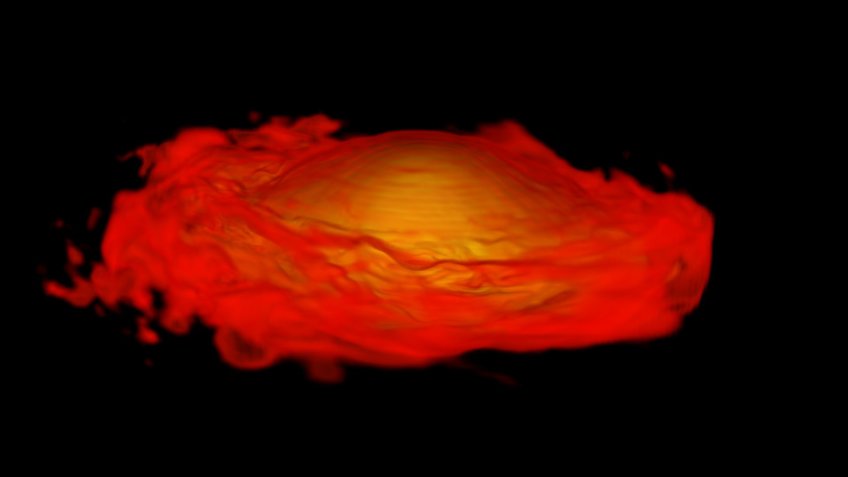
Binary neutron stars: inspiral and merger
When binary neutron stars inspiral and finally merge they emit gravitational waves.
PSR J0737-3039: inspiral and merger
Density profile
The animation and the images show a numerical relativity simulation of two merging neutron stars. For this particular system the stars have 1.34 and 1.25 solar masses. The primary star is a millisecond pulsar with a rotation period of 23 ms. The rotation axis of the primary star and the orbital angular momentum are not aligned which leads to precession effects. The system is constructed based on our knowledge of PSR J0737-3039 and how it will evolve until it merges in about 85 million years.
We show the density profile of the two neutron stars and the hypermassive neutron star formed after the merger of the two stars.
Animation:
Inspiral and merger of a neutron star binary
Images:

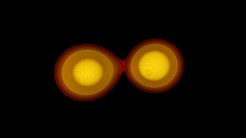
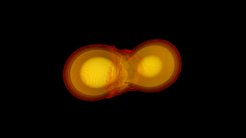

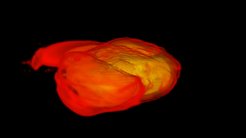
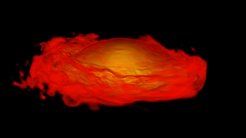
Note: Publication of the images requires proper credits and written permission. Please contact the AEI press office in advance of publication or for higher-resolution versions.
Credit:
T. Dietrich (Friedrich-Schiller-University Jena and Max Planck Institute for Gravitational Physics); BAM collaboration
The BAM collaboration is an international collaboration between the Florida Atlantic University, Friedrich-Schiller-University Jena, Istituto Nazionale di Fisica Nucleare, Max Planck Institute for Gravitational Physics, Università di Parma, Universidade Federal do ABC.


















